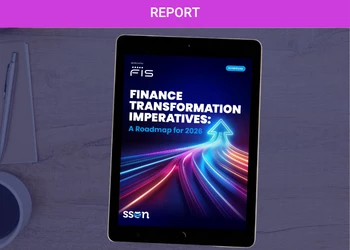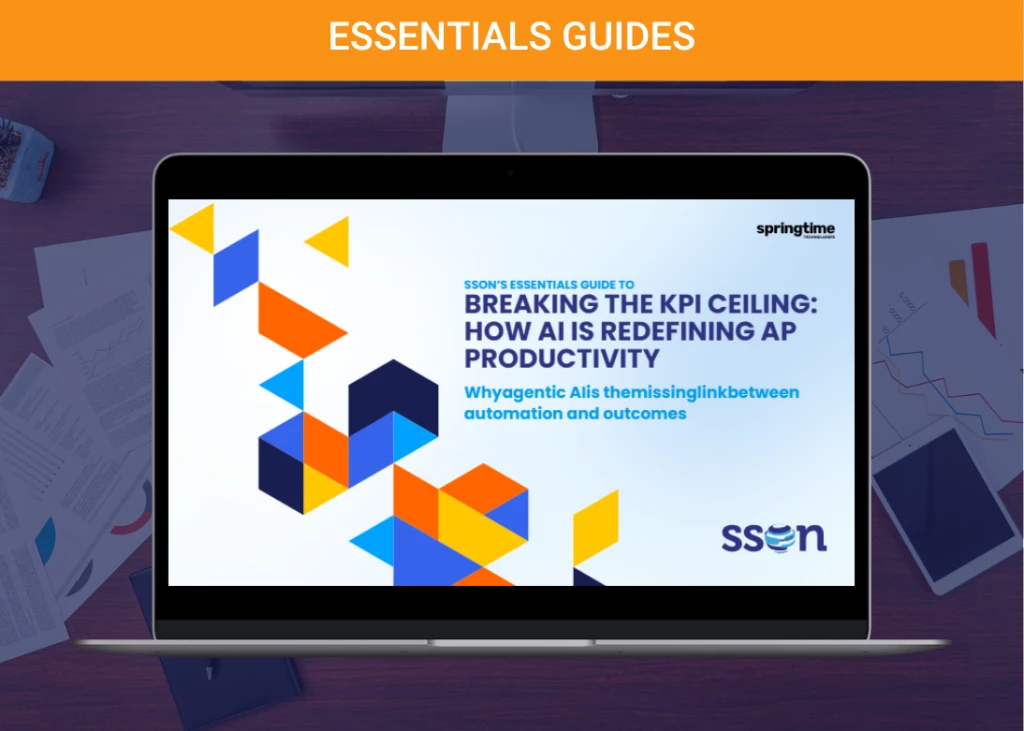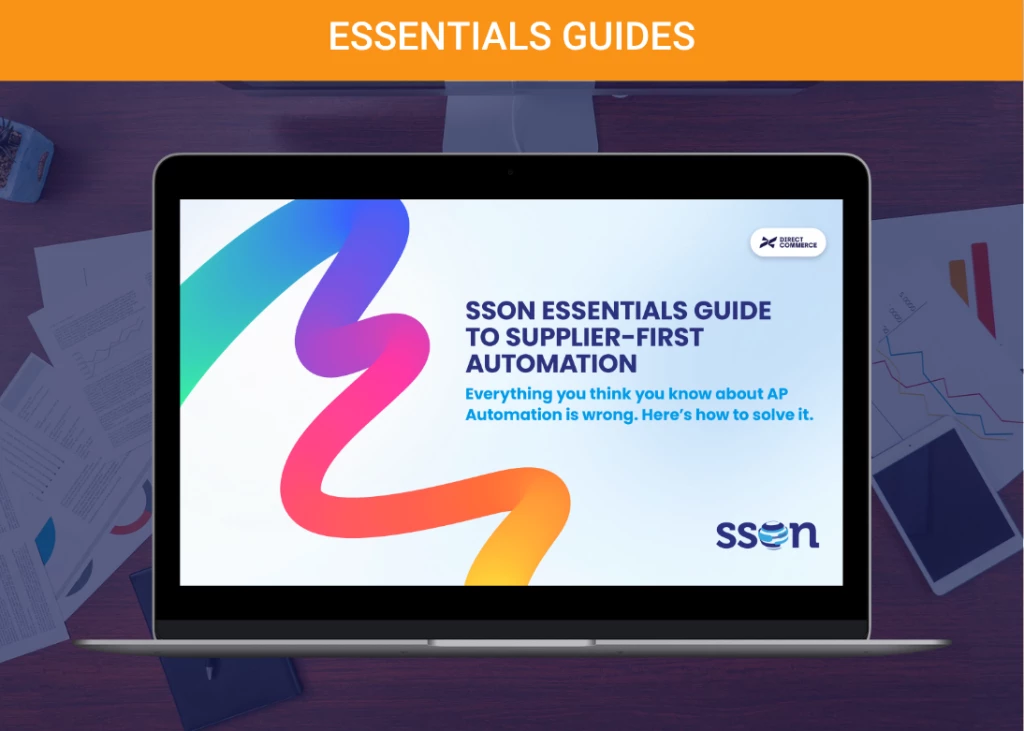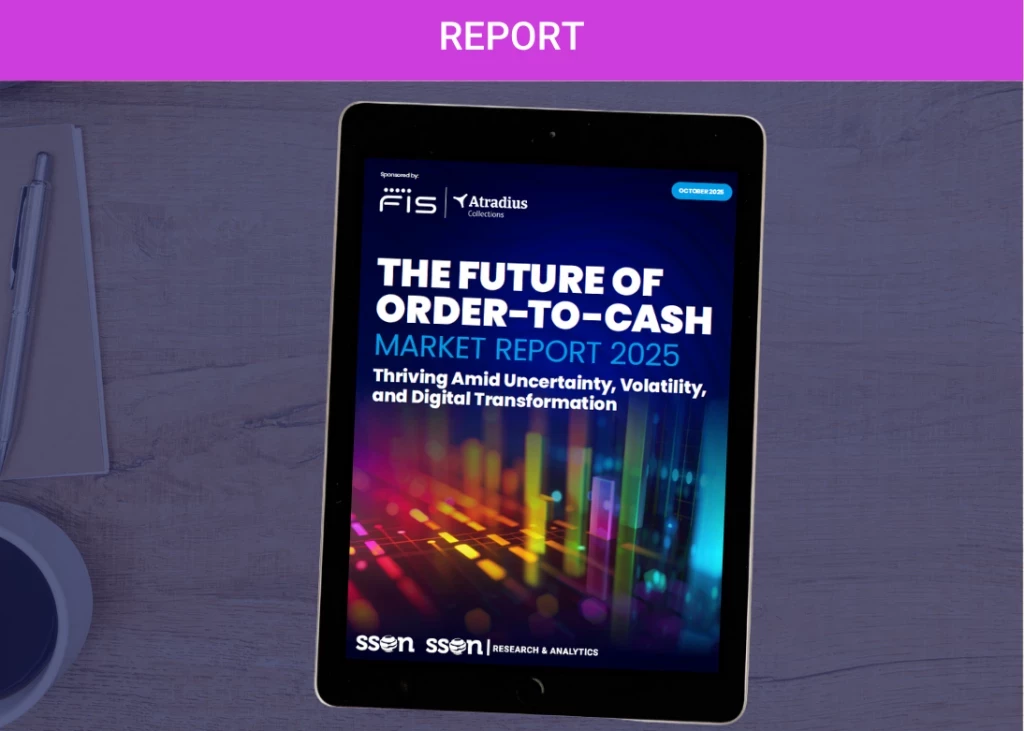Dynamic Discounting
Add bookmarkOrganizations receiving discounts from suppliers for early payment is nothing new. For decades, Accounts Payables (A/P) departments have been making use of early settlement discounts (ESD), e.g. being offered a 1% discount on payments made within 10 days, compared to the normal 30 days payment terms. The issue is that to obtain an ESD, a company must receive the invoice, process it (including resolving any disputes) and make the payment, usually all within 10 days.
Dynamic Discounting takes the principle of ESD and extends it to cover any invoices that are ready for payment within 10 days and up to the agreed payment term. Invoices that are ready for payment before the agreed term can be offered for early payment to the supplier if a discount is available. This discount can be set from the agreed percentage at 10 days, to reduce incrementally to zero by the time the invoice is due for payment, according to the original agreed terms.
According to Accenture research, a typical company should realize a yearly discount of between 0.3 and 1.0 percent of total spend. This will give a return on short-term cash of 18% after offsetting the cost of early payment. However, this research is based on normal payment terms of 30 days and a discount of 2%. In current markets, many companies have already pushed their suppliers to extend to 60 and 90 days payment terms. These companies should see significantly higher discounts offered by their suppliers, and thus also significantly higher benefits.
Discounts are beneficial not only for the buying organization but also for the supplier. By offering discounts, suppliers are able to reduce their Days Sales Outstanding (DSO), lower their working capital, and have access to lower cost finance, compared to short-term loans, credit lines or factoring.
There are a couple of methods of delivering Dynamic Discounting. Buyer organizations can opt to finance the discount themselves, or can partner with a financial service provider specialized in reverse factoring. The choice depends on a couple of factors including:
- Cash-rich or cash-poor organizations
- Visibility on the balance sheet if a bank finances the accelerated payment.
Balanced Dynamic Discounting enables further optimizing opportunities. Organizations can even go a step further and align discounts across Accounts Receivable (A/R) and A/P. The basic principle of Balanced Dynamic Discounting is simple. The organization offers its customers a discount to receive cash early. It then requests a higher discount from suppliers in return for an accelerated payment. In essence, the organization is able to finance early payment, using the early payment finance from its customer.
The model is strong, but roll-out depends on the demographics of the customer and supplier base. Fragmentation of customer portfolios and the supplier community complicates the alignment of A/R and A/P discounts.
[eventpdf]





















